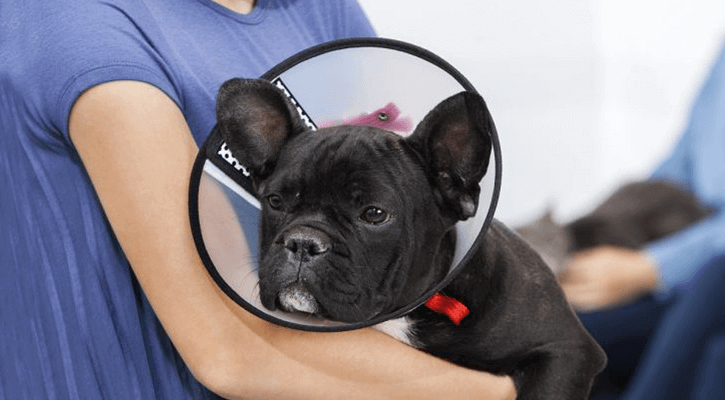
Spay & Neuter
According to a recent report released by the American Humane Society, animal shelters across the country euthanize 2.4 million healthy dogs and cats each year due to pet overpopulation. No one steps forward to adopt these animals within the organization’s time limit and a staff member has to euthanize him or her to make room for other homeless pets. This equates to one healthy animal losing his or her life every 13 seconds in America alone. While this is a sad and frustrating statistic, it’s also preventable with spay or neuter surgery. Neutering a male pet means he can’t impregnate a female while a spay surgery in females renders them infertile.
What Happens During a Spay or Neuter Surgery
The first thing a veterinarian does when a female pet undergoes spay surgery is to provide her with anesthesia to put her into a deep sleep. The veterinarian then removes the ovaries and uterus through an opening in the dog or cat’s abdomen.
After a male pet has received anesthesia for a neuter surgery, the veterinarian makes a small cut in the front of his scrotum. The veterinarian then removes each testicle and ties off the vas deferens that produces its blood supply.
Veterinary staff carefully monitors a pet’s heart and breathing rate throughout the procedure. They also provide pet owners with home care instructions once the pet comes out of surgery.
Benefits of Spaying
Benefits of Cat Spaying
An unaltered female cat may go through several heat cycles each year. A cat becomes fertile well before she reaches one year old, which means she could produce dozens of litters of kittens during her lifetime. Cats in heat have loud vocalizations and can act aggressively to try to gain the attention of male cats. Cat Spaying can help you enjoy your time with your cat more.
Benefits of Dog Spaying
Intact female dogs usually go into heat two times each year. Spaying a dog reduces her desire to roam free. If an unneutered neighbor male dog gets near a spayed female dog, he won’t attempt to mate with her. In addition to preventing litters of puppies and kittens that may not find a home, spaying a cat or dog decreases her risk of developing uterine, ovarian, and mammary gland cancer. The risk decreases the most for dogs and cats who have the surgery before they would have gone into heat for the first time.
Benefits of Neutering
Both dogs and cats can engage in aggressive behavior and roaming when they have not yet undergone the neutering procedure. The aggressiveness can surprise their human family when the dog attempts to bite or even act in a sexual manner towards people. Unneutered pets also spray their urine to claim a territory as their own. This odor is not only extremely unpleasant, it can be difficult to eliminate as well. Puppy neutering can be a great way to help prevent future health risks. After neutering surgery, the risk of testicular or prostate cancer in male pets drops significantly.
Getting your dog or cat fixed increases his or her lifespan by an average of three to five years. Another thing to consider is that people with altered pets make better neighbors and are less likely to encounter the dangers of roaming because their pets are much more likely to remain in the home or yard.
Call us at (847) 885-3344 with any questions you have about spaying or neutering your pets or to schedule an appointment to get your dog or cat fixed with Golf Rose Animal Services.
